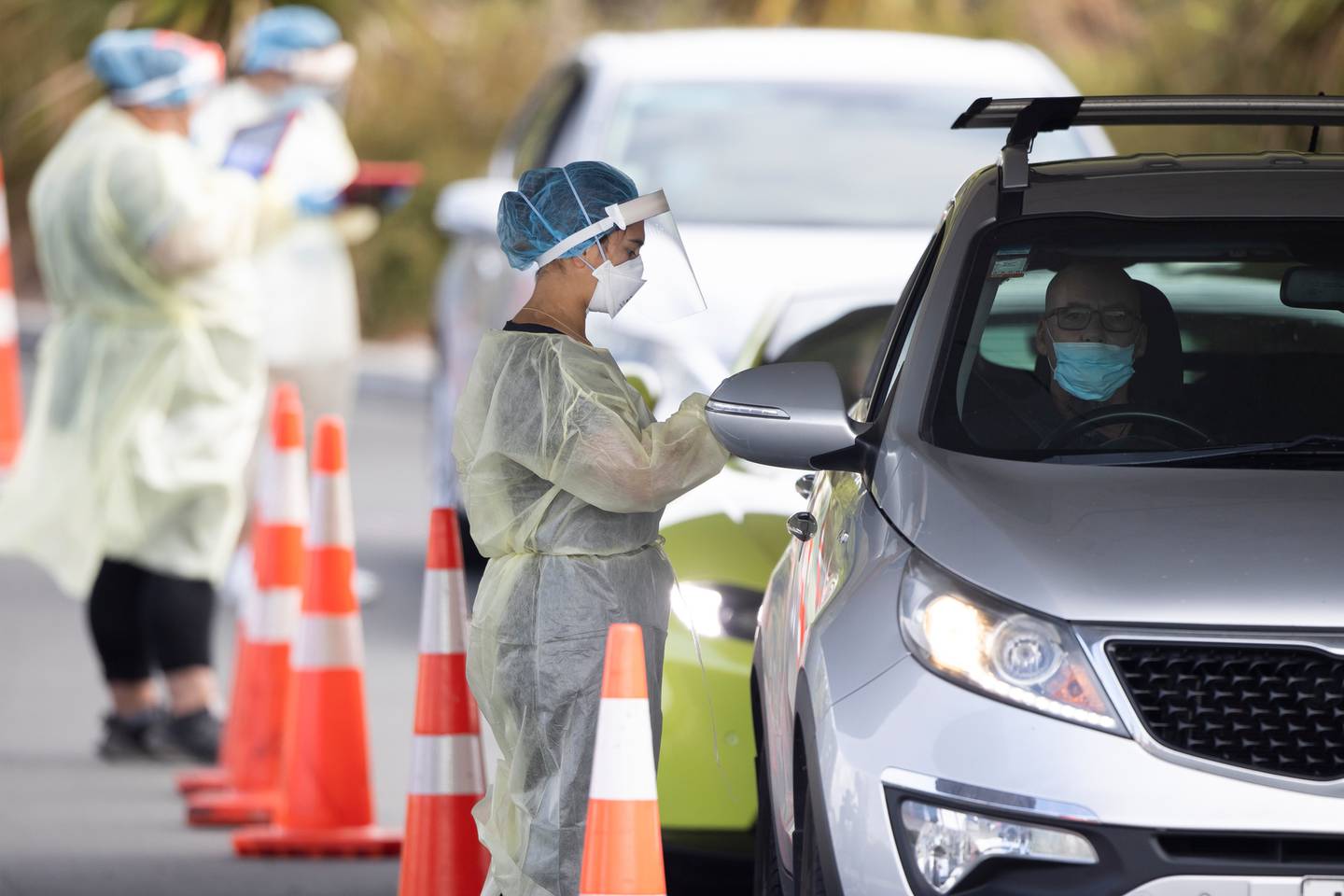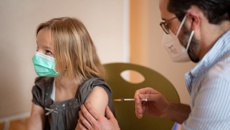
Experts believe Covid fatigue and a perception that Omicron is less of a threat than Delta are to blame for low testing numbers at the start of the community outbreak.
There were 100,000 fewer tests administered in the week following Omicron community transmission than the week following Delta transmission, Ministry of Health data shows.
Experts said testing rates should be higher because testing is still a key measure in slowing the spread of Omicron.
Ministry figures show 128,855 tests were carried out across the country between January 24 and 30 (excluding in MIQ facilities) after nine cases in Nelson Tasman were confirmed to be of the Omicron variant.
It's a big drop from the 234,405 tests administered between August 23 and 29 last year, after the Delta variant was first detected in the community.
In Tairāwhiti, where there were active cases, just above 1000 tests were administered over the seven days between January 24 and 30.
Tests plunged by more than half in the first week of the Omicron outbreak, compared with the first week of the Delta outbreak, at each of Auckland's three district health boards.
In the first week of February, daily tests fluctuated between 13,000 and 24,000 nationwide. Yesterday, 16,873 tests were reported.
University of Auckland public health professor Dr Collin Tukuitonga said the drop in testing numbers was "dramatic".
"I would have thought at this stage, while the [case] numbers are still not out of control, we should be testing.
"Unless we're promoting it and creating options where people can get tested, it won't go up on its own."
Case numbers reached a record daily high on Saturday of 243. Yesterday, there were 208 new cases.
Epidemiologist Michael Baker said New Zealanders may feel less vulnerable to the threat of Omicron because most are fully vaccinated, and have even received their booster shot.
"Some people may have thought: 'It's not a matter of life or death if I get identified as a case anymore'.
"They might feel it's less critical to know if they have a mild infection of Omicron."
Baker and Tukuitonga agree that a degree of fatigue has also set in.
"People are just lethargic," said Tukuitonga.
"Here's yet another variant and all the scary news that goes with it and people feeling a bit sluggish in responding."
Tukuitonga said a drop in testing rates could also reflect confusion over the availability of rapid antigen tests (RATS) as an alternative to the more pervasive PCR tests, and having fewer testing sites available.
New Zealanders also no longer need to get tested to travel nationally, Tukuitonga said.
"Last year some Pacific and Māori providers did a lot of pop-up testing clinics and some mobile options and people reacted to those.
"We don't have those pop-up testing sites that we had last year.
"It's unfortunate though because if anything we should be testing more now, given the potential spread of Omicron."
The Ministry said while the current level of testing is not yet as high as daily testing surges in late 2021, this is "not cause for concern".
"The current level of testing remains high compared to the number of community cases we are reporting each day," a spokesperson told the Herald.
"We are confident the daily rate of testing will increase if we experience a significant increase in cases of Covid-19.
"It is also important to note that there were no community cases prior to the Delta outbreak last year, which likely lead to large surges in testing."
Widespread testing is expected to get significantly more difficult when cases skyrocket as modellers predict, said Tukuitonga.
"I think the Ministry and DHBs are somewhat circumspect because they anticipate the numbers are going to get really, really high and difficult to maintain the level of testing that might be desirable.
"It's a pragmatic reaction to the system being overwhelmed.
"As an essential public health measure...we should still be keeping testing rates high so we know what's happening."

Experts say Covid fatigue contributed to a dramatic drop in testing numbers. Photo / Brett Phibbs
Baker said testing is still a key measure in slowing the spread of Omicron.
"We have an opportunity here to slow this virus down – and it will save lives – and that's why I think it's important people still get tested."
He said some people need convincing that the Omicron variant needs to be taken seriously.
"We will go from not knowing anyone with Covid-19 to all of us knowing people who've got it, and half of us getting it.
"For some people that will be a very serious event, so there is a chance to really slow that down at the moment.
"Our individual actions do make a difference."
Anyone with symptoms that could be Covid-19 are being urged to get a test and isolate at home until a negative result is returned.
The Ministry said Unite Against COVID-19 and DHBs continues to encourage testing through a range of channels.
"Where required, targeted messaging can be used to encourage testing in a particular area."
Ministry figures show the number of people actively participating in Bluetooth tracing each day, through the Contact Tracer app, has significantly increased between the Delta and Omicron outbreaks.
In January, more than 2.4 million unique devices checked the server for new exposure keys.
In the week following Delta community transmission, there were less than two million unique devices actively using Bluetooth tracing each day.
Gap between Māori and non-Māori kids' jab rate wider – researcher
Māori health researcher Dr Rawiri Taonui says the gap between Māori and non-Māori children who have been vaccinated against Covid is most likely wider than what health officials are reporting.
Taonui told TVNZ's Breakfast that the Ministry of Health says the gap between Māori and non-Māori tamariki who have been vaccinated is about 18 per cent.
However, he believes the gap is much wider – about a 28 per cent difference.
The real difficulty there, he says, was that Māori had been behind right from the start of the current outbreak – from turning out to get tested, to getting vaccinated and now getting tamariki vaccinated.
Taonui says more moves need to be made then to get more Māori children vaccinated.
"What we've got to do now for tamariki vaccination is to make the work a lot easier. It doesn't have to be hard."
He acknowledged that Māori cabinet ministers are working hard to get things running more smoothly this time around in terms of consultation.
"We need some actions behind that – get vaccinations rolling."
- by Miriam Burrell, NZ Herald
Take your Radio, Podcasts and Music with you









